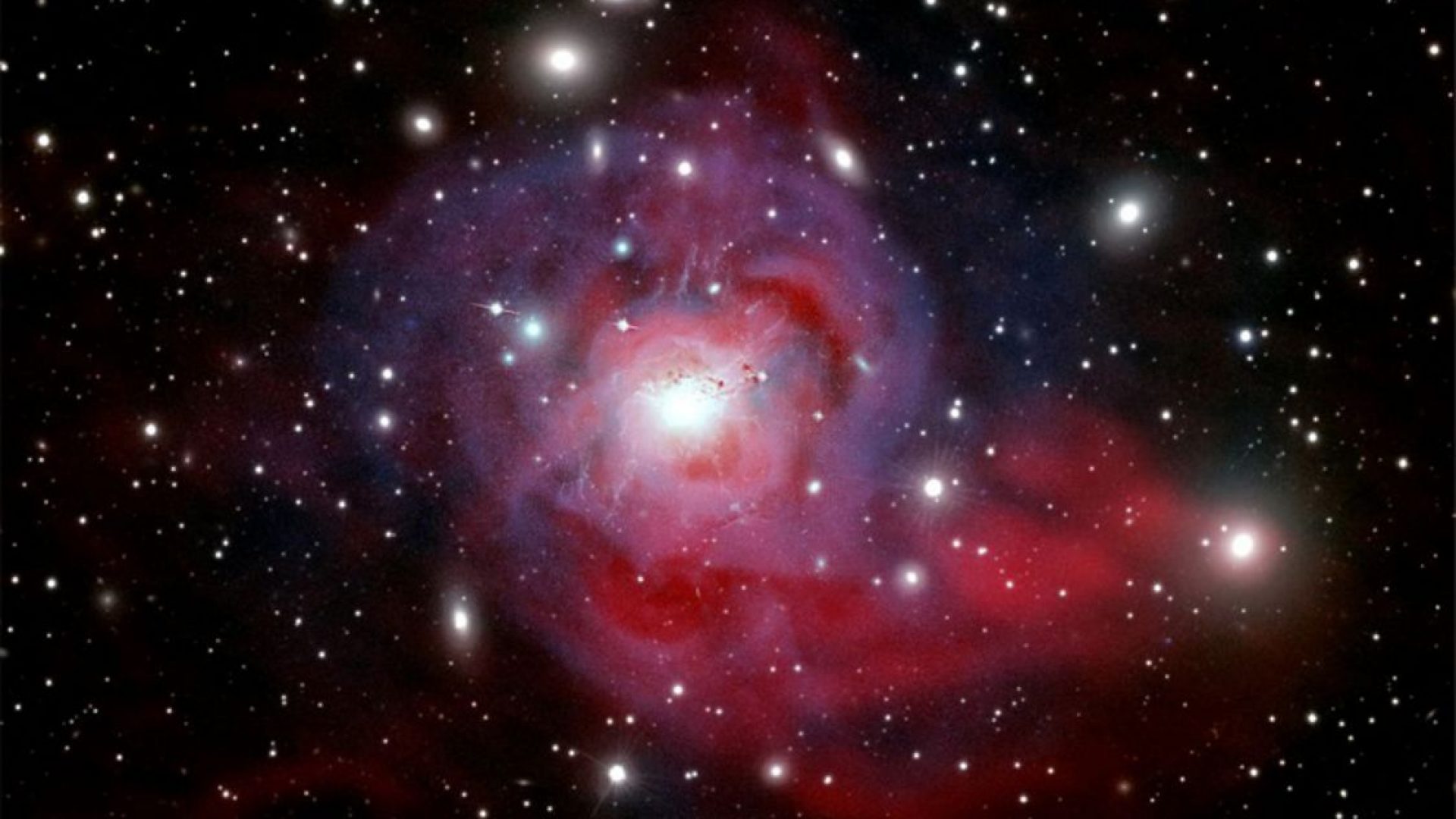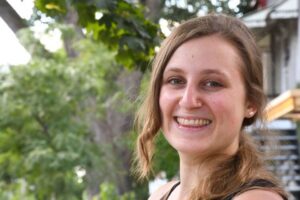Myriam is a master’s student in Physics at the Université de Montréal (started in May 2020; excepted completion 2022), pursuing her work with an MSc Excellence Scholarship from IVADO. She has excellent academic and research skills while demonstrating remarkable leadership and overwhelming enthusiasm. During her bachelor’s, she developed her skills in research, and she even published a paper in the Astronomical Journal before starting her masters! Indeed, she worked with multi-wavelength data from the massive cluster of galaxies MACS J1447.4+0827 from the Hubble, Chandra and Very Large Array telescopes, and was successful in publishing as first author (https://iopscience.iop.org/article/10.3847/1538-3881/ab9ff3).
Here is a review of her master’s project: X-ray binaries, systems composed of a donor star and a compact object (black hole, neutron star or white dwarf) accreting material from the donor star, are unique laboratories for studying a variety of astronomical phenomena under extreme conditions. Some recent studies indicate that sub-stellar companions such as exoplanets and brown dwarfs can exist in a variety of environments, and it was recently argued that X-ray binaries could host planetary systems. However, in high-mass X-ray binaries – where the donor star is a massive star (at least twice the mass of the Sun) – the system is generally way too bright to detect sub-stellar companions. Using the instrument NIRC2 on the W. M. Keck Observatory on the Mauna Kea in Hawai’i and processing with high-contrast and angular differential imaging techniques, we therefore recently obtained the first images for nine near high-mass X-ray binaries: RX J1744.7-2713, IGR J18483-0311, SAX J1818.6-1703, 1H2202+501, IGR J17544-2619, 4U1700-37, 4U2206+543, RX J2030.5+4751 and γ Cassiopeiae. In this project, we present impressive preliminary results: we found evidence of one or many sub-stellar companions around most of those extreme systems. A statistical study will soon be conducted to better understand, among others, the formation of exoplanets and brown dwarfs, the frequency of the sub-stellar companions in X-ray binaries, as well as their impact on the system. This exciting research opens a brand-new sub-domain in astrophysics and could lead to fascinating results.
Myriam is an engaged student and she is always looking for new challenges. She has just completed her term as an undergraduate academic affairs delegate in her student association, and her actions have greatly contributed to improving the university atmosphere in physics. She is now a delegate for graduate academic affairs as well as chair of the organizing committee for the annual Physics Symposium for a Future in Research and Industry, and once again aspires to make physics shine at the Université de Montréal. She is also a very experienced tutor and is now a Teacher Assistant. Myriam has strong interpersonal and communication skills, and she loves to pass on her knowledge, learn more about the world around me and militate for environmental and psychological health causes. Myriam is also a speaker for the SEUR [Université de Montréal], a project looking forward to encouraging young students to pursue careers in pure sciences. She is now the new responsable of “Les filles et les sciences, un duo électrisant”, an event organised to encourage high-school girls to pursue careers in field that are predominantly male.
Contact:
myriam.prasow-emond@umontreal.ca
1-(819)-209-9718


